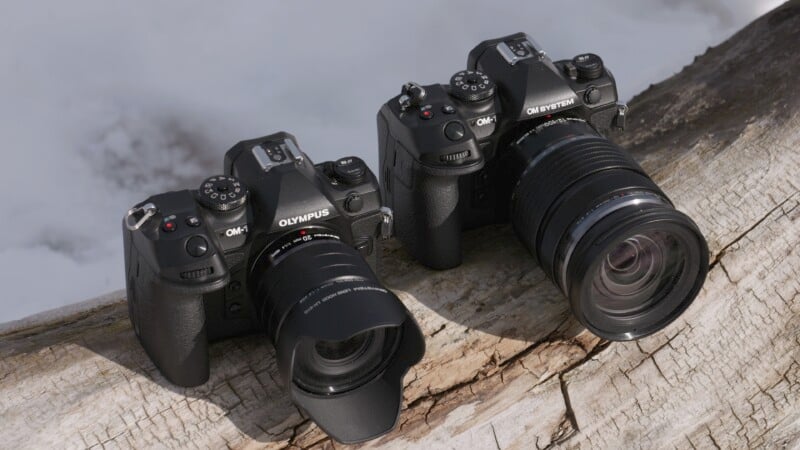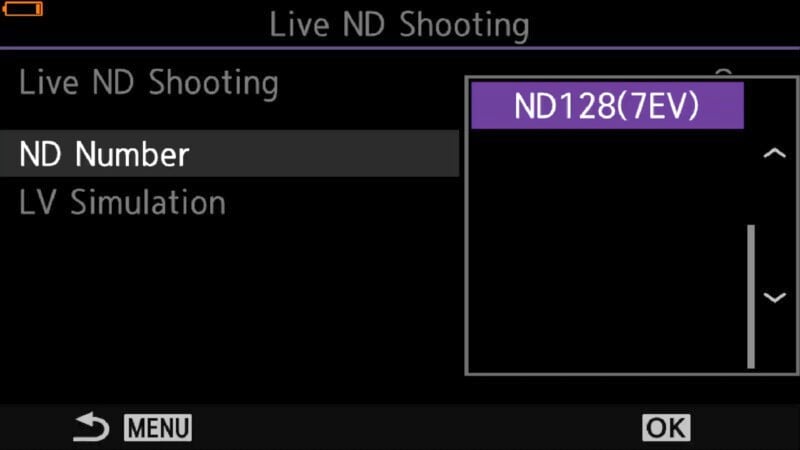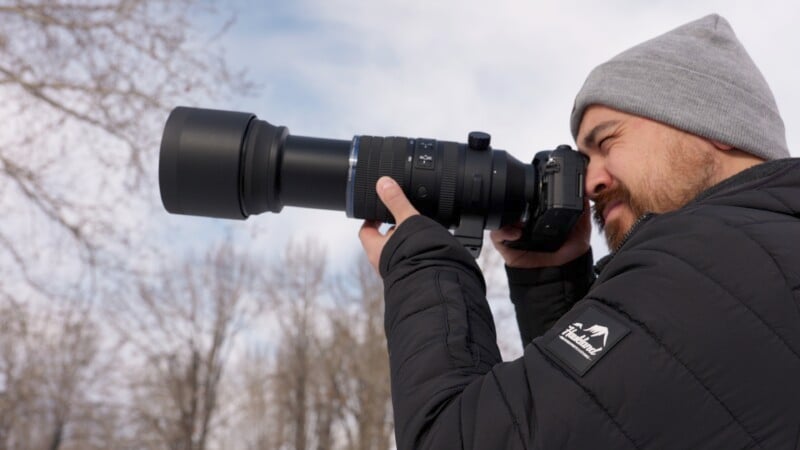OM System OM-1 II Review: Could This Have Been a Firmware Update?
When OM Digital Solutions purchased, and thereby saved, Olympus’ incredible photographic history and slate of digital cameras from the brink of collapse in 2021, there were many questions about what would happen to the Olympus Micro Four Thirds system. OM answered these concerns the following year with the OM System OM-1 camera, the most impressive Micro Four Thirds camera ever released at the time.
OM System has been quiet in the two years since the OM-1 hit the scene. The OM-5, released in late 2022, is fine but doesn’t move the needle much and is basically a minimally-upgraded E-M5 Mark III, which itself didn’t break the mold in 2019.
The only other new OM System camera is the brand-new OM-1 Mark II, and it doesn’t make the same splash as its predecessor did in early 2022. Where the OM-1 broke new ground for Micro Four Thirds cameras, the sequel arrives with few exciting new features or improvements.
There are plenty of reasons to think that OM System is working on its next big thing, but unfortunately, the OM-1 Mark II is ultimately a stopgap measure in the meantime.

That’s not to say the OM-1 II is bad. After all, it’s undoubtedly better than the original OM-1, which is high praise, as the original OM-1 remains an excellent Micro Four Thirds camera in 2024. However, the OM-1 Mark II is also not quite what OM System fans have been waiting for and doesn’t offer the same performance and feature improvements that are reasonably expected in a new flagship camera model.
OM System OM-1 Mark II: These Could be Firmware Updates
Let’s start with the upgrades that could be done through software updates and I want to preface this part by stating that I hope we get some of these new features on the other OM System cameras shortly. The original OM-1 is a highly capable sports and wildlife camera thanks to its stacked sensor and fast shooting rates. Having blackout-free shooting at high speed is great, but now we also get blackout-free shooting at lower 12.5 and 16 frames per second.

OM’s computational photography modes are its bread and butter, helping separate Olympus/OM System cameras from the competition. The OM-1 II receives upgrades here.
These modes alleviate the need for tripods and filters. The newest addition is a Live Graduated ND filter. You can adjust the rotation, position, width, and strength of the filter, and this is all done with multiple frames and exposures, so we aren’t just talking about a digital exposure change after the fact.

The existing Live ND mode, which lets the user do away with classic ND filters, has been improved. It can now mimic seven stops of ND filter usage for very long exposures. This is a software-based feature, but it may also rely on some of the hardware changes to the OM-1 Mark II to function, so we may not see it come to previous cameras.

There is also a new 14-bit RAW mode when shooting with the existing High-Res mode, whether you use a tripod or not. This promises to give more dynamic range and tonality to any stationary scenes and will be especially nice for landscape photography.
Improvements to the OM-1 Mark II’s hardware, specifically memory upgrades, might also be responsible for these new functions. Still, I’m hoping the original OM-1 also gets 14-bit RAW shooting.

Sadly, in the video world, nothing has changed regarding recording modes and histograms. We still can’t shoot 10-bit video using standard color profiles and are instead stuck with log recording or HLG color spaces. The histogram also still doesn’t represent our log exposure settings properly either. What we do get are two minor updates, which we’ve already seen on the OM-5. Namely, we get vertical video recording and the ability to use the OM-1 Mark II as a webcam without needing an accompanying app.

However, we can escape the doom and gloom by discussing the OM-1 II’s substantial autofocus improvements.
The tracking autofocus performance on previous Olympus cameras has been so bad that I avoided it as a rule. The original OM-1 suffered the same issue, with the only saving grace being the highly effective subject-detection modes.
However, the new OM-1 has an improved tracking algorithm, which is noticeably better and significantly enhances the experience of using this camera for subjects that don’t land on the subject detection charts. Adding human/face detect AF to the subject detection menu is also an excellent quality of life improvement.

The OM-1’s continuous autofocus performance was good, although bested by some of its larger-sensor siblings. The OM-1 Mark II doesn’t overtake flagship full-frame cameras regarding AF performance, but the improvements reduce the gap. The camera’s AF is also competitive with a relatively new Micro Four Thirds competitor, 2023’s Panasonic G9 II.
OM System OM-1 Mark II: The Hardware Changes Are Real
Some upgrades to the OM-1 Mark II are definitively hardware-based, and the first one that comes to mind is improved in-body image stabilization or IBIS.
IBIS is ubiquitous on modern cameras but most effective on OM System models. OM System has found a way to improve the already excellent 7.5-stop IBIS in the OM-1 and raise that to 8.5 stops on the OM-1 II. This also requires a supporting lens with image stabilization, but the results are the most stable we’ve ever seen in a camera.

The OM-1 II’s expanded memory also enables a much-appreciated doubling of the buffer capacity. The ability to shoot sustained bursts without slowing down is crucial, especially for a sports and wildlife camera.
The original OM-1 is no slouch and shoots roughly 100 RAW photos in a row at full speed. However, the buffer fills up too soon. The II more than doubled that performance, giving approximately 260 shots before slowing down. Given the relatively slow rate at which even fast V90 SD cards write, any extra ability to shoot without delay is welcome.

That said, it is hard not to wonder what the OM-1 II’s performance could be like if the camera didn’t continue to rely on UHS-II SD cards. A CFexpress card slot would necessitate more significant internal changes than OM seemed willing to do here but would undoubtedly unlock some serious buffer depth and data clearing performance.
The last hardware change might seem at first to be largely cosmetic, but the new rubberized command dials are far easier to manipulate. I often find the old dials slipping under my finger or with a gloved hand unless I add extra pressure, but the new rubberized dials are grippy and turn with less effort. This is especially handy when wearing gloves and is an appreciated quality-of-life improvement.

The Best Gets Better But Is It Enough?
Up until the release of the Panasonic G9-II, the OM-1 was the best Micro Four Thirds flagship camera around. Although the G9 II surpassed the OM-1 in terms of autofocus performance and video capabilities, I would say that the OM-1 II is once again the most compelling photographic camera in the Micro Four Thirds segment.
The improved buffer and autofocus performance are the significant changes that were most needed. Still, there is no denying that the overall tweaks we see between the original OM-1 and the OM-1 II are fairly minor.
I wouldn’t drop either the original OM-1 or G9 II to get this latest model, and the reason we even have a new version might have way more to do with rebranding than with actual improvements to the camera.
Unfortunately, these changes also come with a higher price tag, which could push more users towards the G9 II or the original OM-1. None of this can take away from the fact that the OM-1 Mark II is once again the overall leader when it comes to fast action photography in the Micro Four Thirds lineup.
Are There Alternatives?
The original OM-1 price should drop — if you can find it since the OM-1 II is outright replacing it in OM’s lineup — and the camera is still as capable as ever. It focuses decently well in subject detection modes and is incredibly rugged.
The Panasonic G9 II provides an excellent experience and is a fast-shooting camera in its own right. It also is an incredible video camera, which cannot be said of the OM-1 or OM-1 II.
Should You Buy It?
No, not if you already own an OM-1. The changes are good, but overall it feels more like quality-of-life improvements rather than serious upgrades even though the better AF performance is a welcome addition.
Yes, if you were already considering the OM-1 or were looking to pick up your first serious Micro Four Thirds camera. From that perspective, it’s great.
This review features input from Jeremy Gray